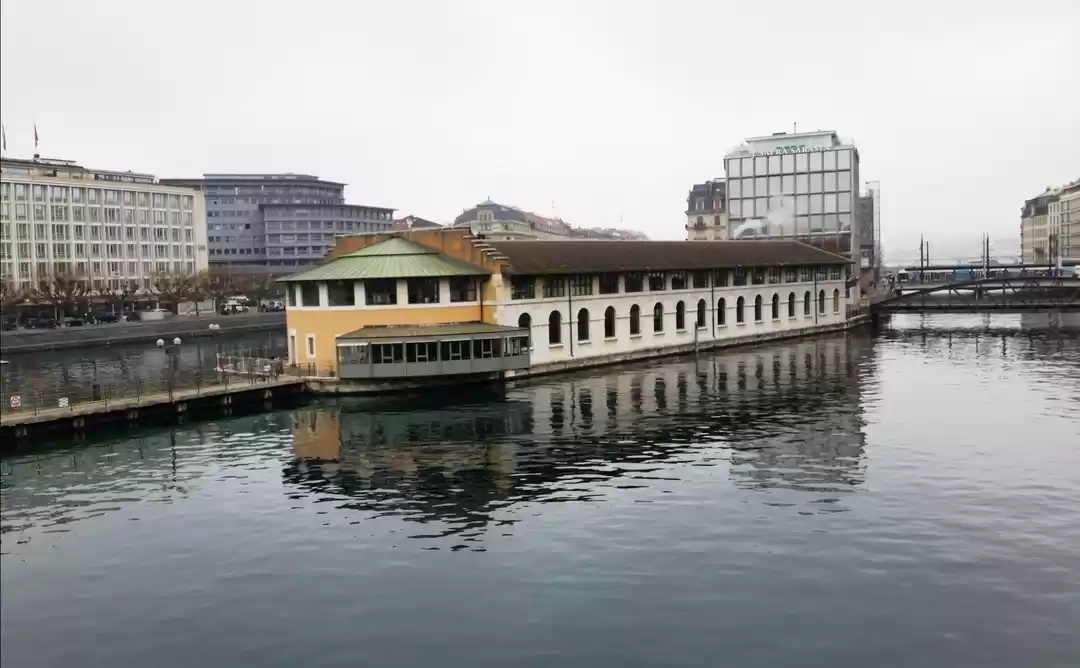Are you fascinated by the world of diplomacy and international relations? Do you want to see the place where world leaders meet and discuss global issues? If yes, then you should visit the Palais des Nations, the European headquarters of the United Nations and the former home of the League of Nations.
In this article, you will learn everything you need to know about this historic and cultural landmark of Geneva, Switzerland. You will also find out how to book a guided tour, what to see and do in the Ariana Park, and which works of art to admire in the building. Plus, you will get some tips and recommendations on how to make the most of your visit, whether you are travelling solo, with your family, or with a group of friends.
Guided Tours: Explore the Palais des Nations with an Expert Guide

One of the best ways to experience the Palais des Nations is to take a guided tour with an expert guide. You will learn about the history and the current activities of the United Nations, see the impressive rooms and halls where important decisions are made, and enjoy the panoramic views of the lake and the mountains from the windows. You will also get a chance to ask questions and interact with the guide, who will share some interesting stories and anecdotes about the Palais des Nations.
The guided tours are available in 15 languages and last for about an hour. They are offered from Monday to Friday, from 10 a.m. to 12 p.m. and from 2 p.m. to 4 p.m. The price is 15 CHF for adults, 10 CHF for students and seniors, and 5 CHF for children. You can book your tour online on the official website of the Palais des Nations, or by phone or email. You will need to bring a valid ID and arrive at least 15 minutes before the tour starts.
Ariana Park: Enjoy the Beauty and the Attractions of the Park

The Palais des Nations is surrounded by the Ariana Park, which covers 46 hectares of land and offers a peaceful and scenic environment. The park is home to many attractions, such as the peacocks, the sculptures, the monuments, the rose garden, and the century-old trees. You can stroll around the park and admire the nature and the art or relax on a bench and watch the birds and the squirrels.
The park is named after the Ariana Museum, which is located in the park and houses a collection of ceramics and glassware from different cultures and periods. The museum is open from Tuesday to Sunday, from 10 a.m. to 6 p.m. The entrance is free for everyone.
Works of Art: Admire the Works of Art that Adorn the Palais des Nations

The Palais des Nations is not only a place of politics and diplomacy, but also a place of culture and art. The building hosts more than 2,000 works of art, donated by member states, artists, and organizations, that reflect the diversity and the values of the United Nations. You can admire these works of art during your guided tour, or on your own if you have some extra time.
Some of the most famous and remarkable works of art in the Palais des Nations are:
The ceiling of the Human Rights and Alliance of Civilizations Room, by Miquel Barceló. This is a stunning and colorful work of art that covers the entire ceiling of the room and represents a cave with stalactites and stalagmites. The artist, a Spanish painter and sculptor, created this work of art in 2008, using more than 100 tons of paint and clay. The work of art symbolizes the diversity and the unity of the human race, and the challenges and the opportunities of the 21st century.

The mural of the Security Council Chamber, by Per Krohg. This is a large and impressive work of art that covers the wall behind the podium of the chamber and depicts a phoenix rising from the ashes, surrounded by people and symbols of peace and cooperation. The artist, a Norwegian painter, created this work of art in 1952, as a gift from Norway to the United Nations. The work of art represents the hope and the aspiration of the United Nations to prevent war and promote peace and security in the world.
The Broken Chair sculpture, by Daniel Berset. This is a monumental and striking work of art that stands in front of the main entrance of the Palais des Nations and consists of a giant wooden chair with a broken leg. The artist, a Swiss sculptor, created this work of art in 1997, as a symbol of the campaign against landmines and cluster bombs. The work of art expresses the suffering and the vulnerability of the victims of these weapons, and the need to ban them and protect human rights and dignity.
Plan Your Visit to the Palais des Nations Today
As you can see, the Palais des Nations is a must-see attraction in Geneva, Switzerland, for anyone who is interested in the history and the culture of the United Nations. You will discover the fascinating and important role of the Palais des Nations in the world affairs, see the magnificent and elegant rooms and halls where world leaders meet and discuss global issues, and enjoy the beautiful and serene Ariana Park and its attractions. You will also admire the works of art that adorn the Palais des Nations and reflect the diversity and the values of the United Nations.
















